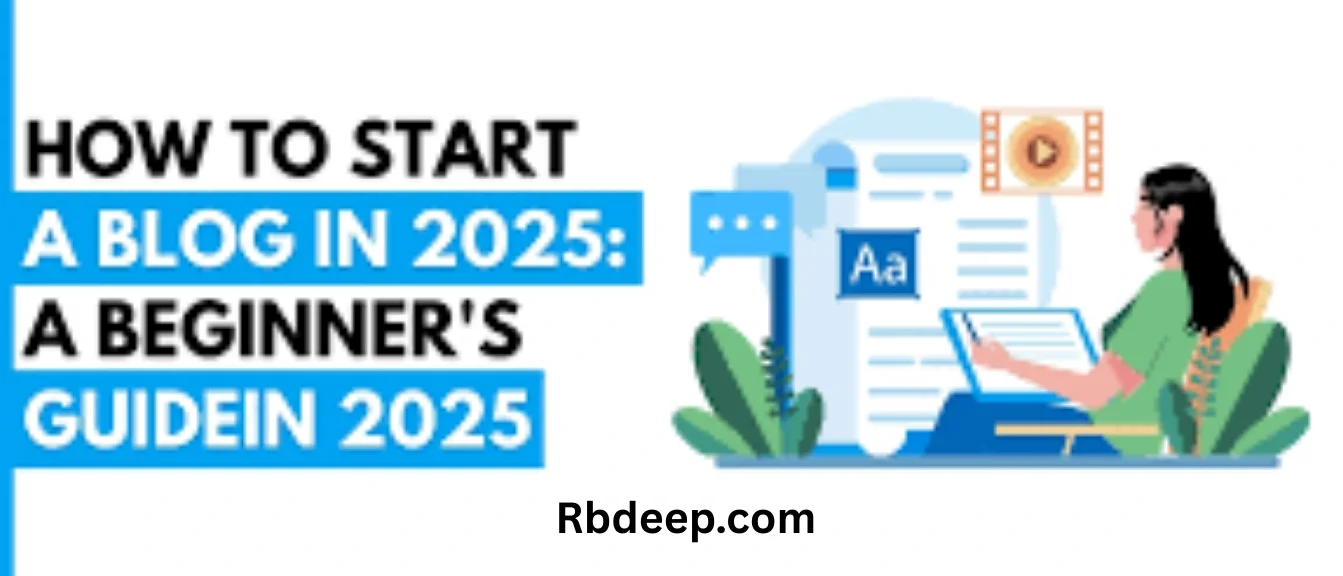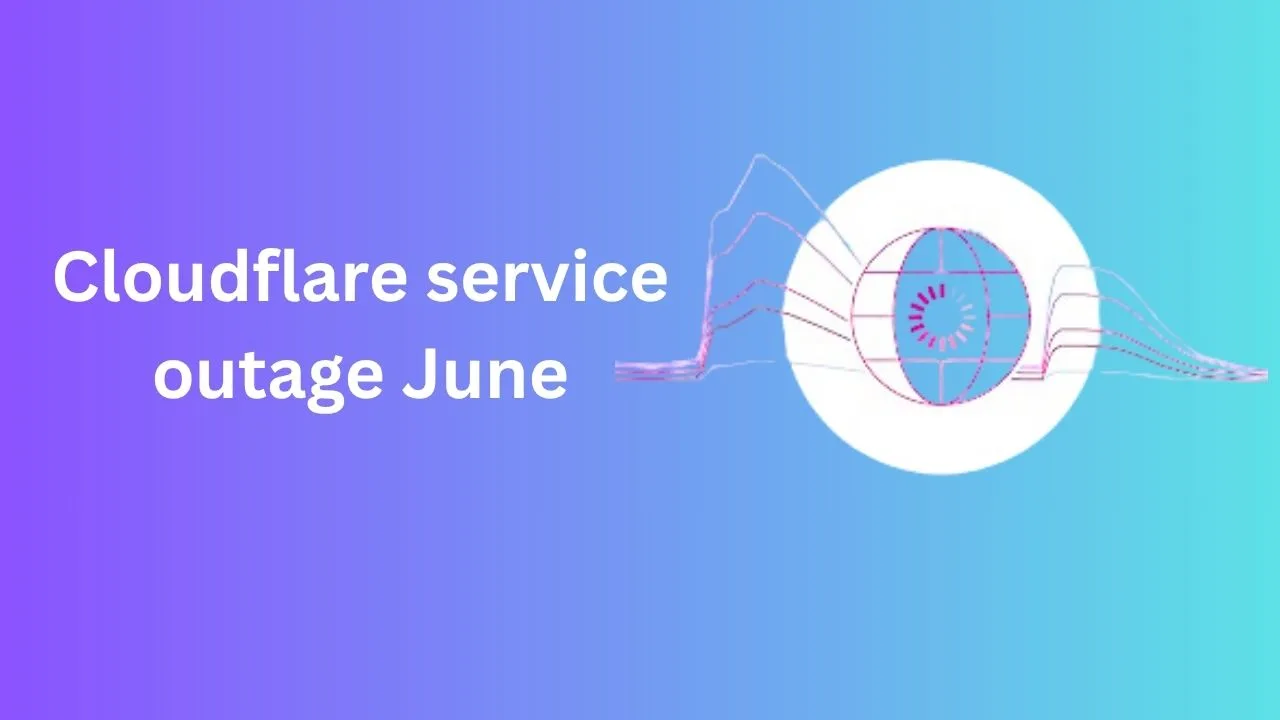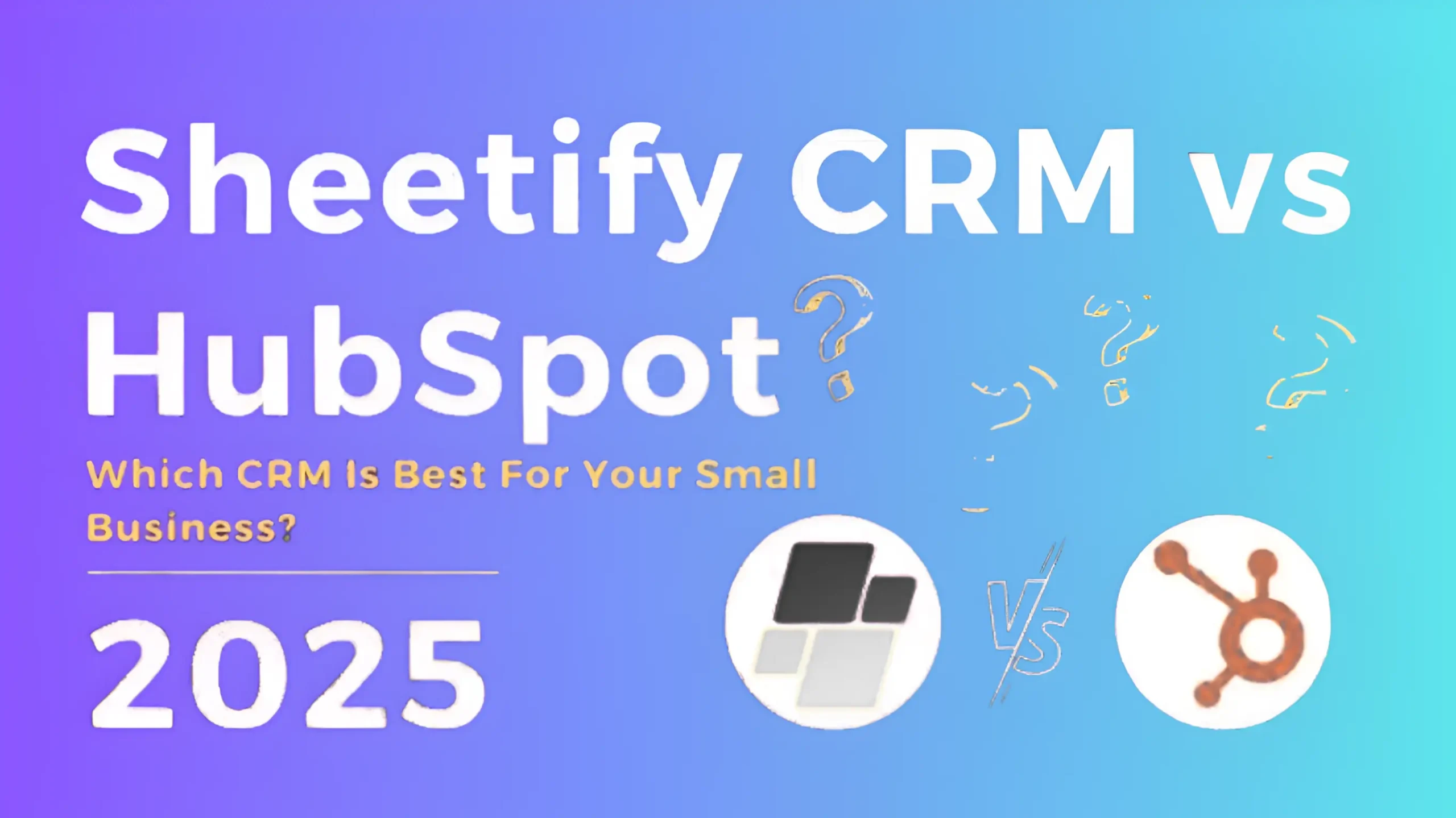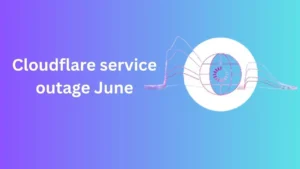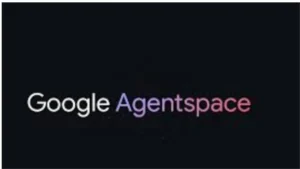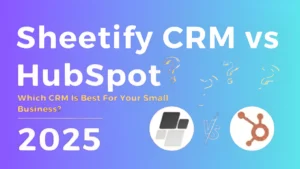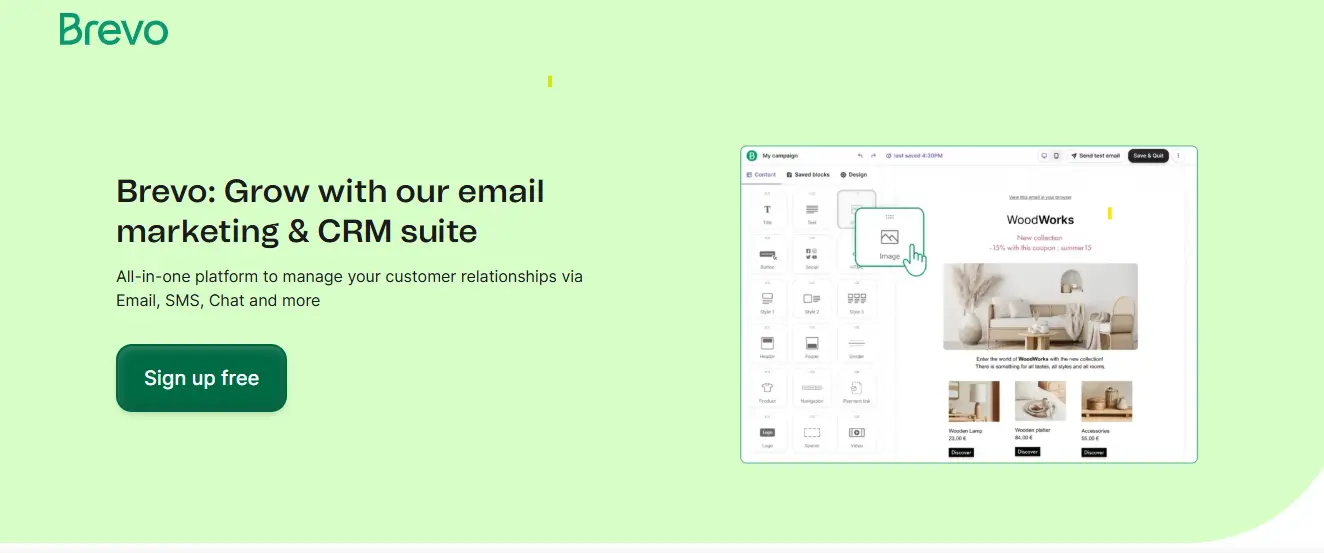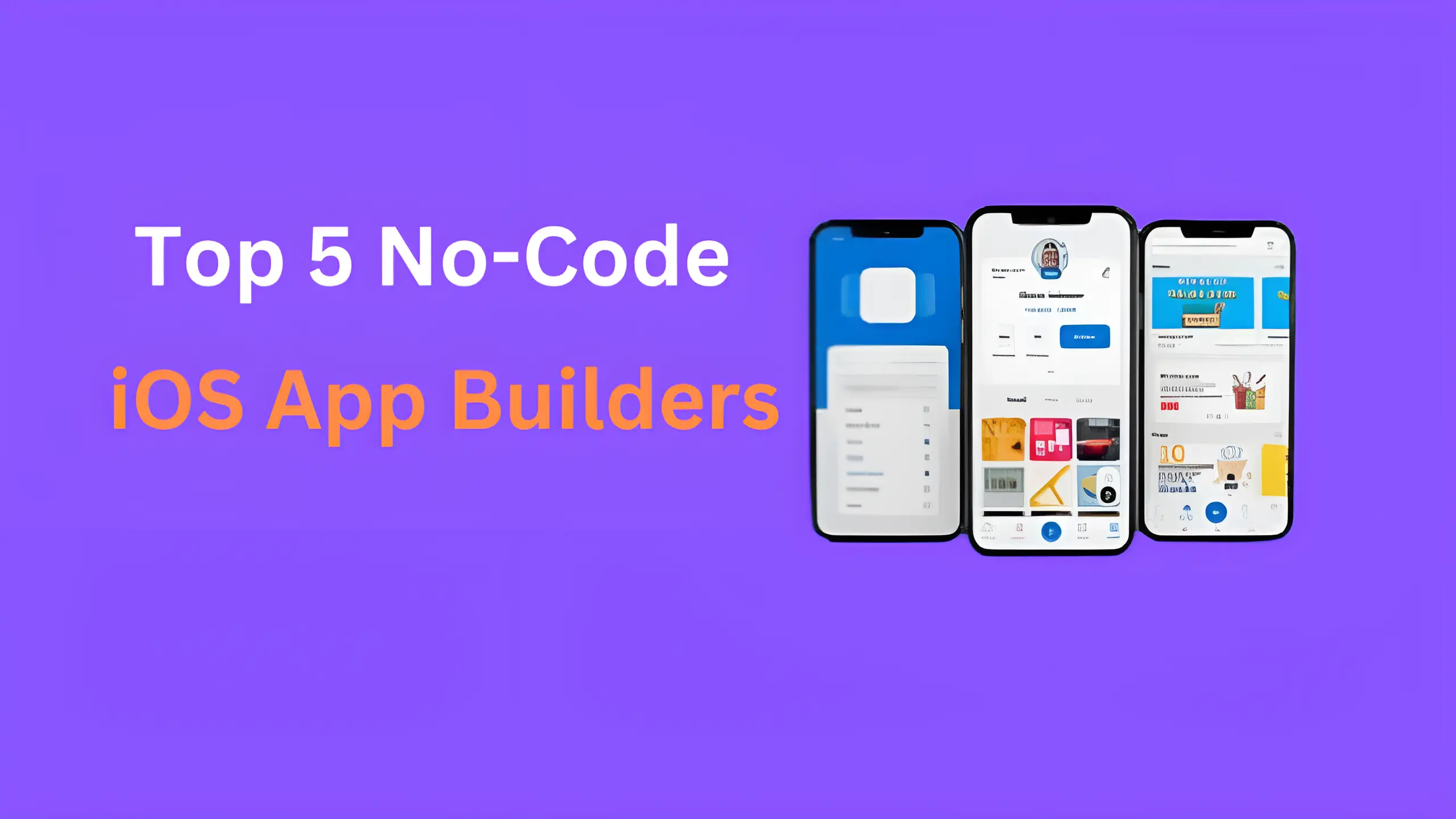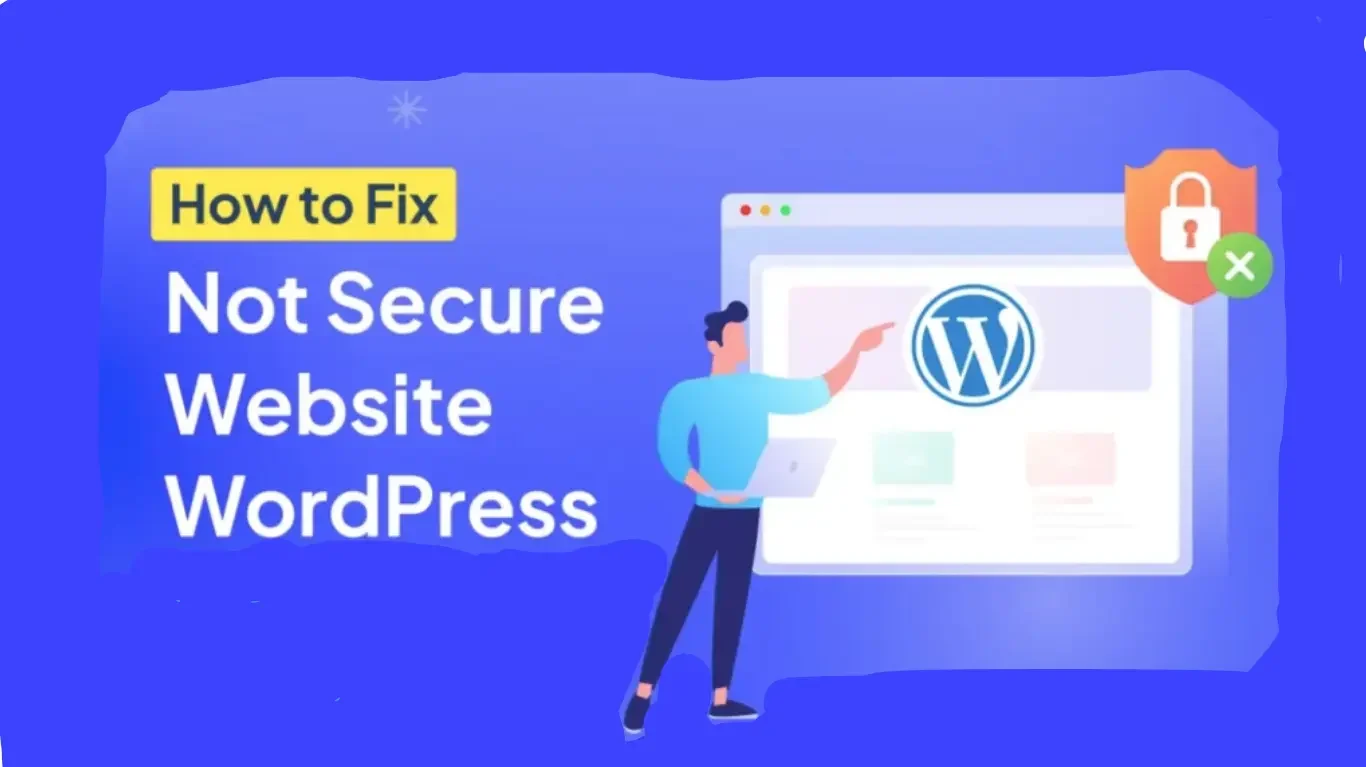Introduction to Blogging
Blogging has evolved from a personal online diary to a powerful tool for businesses, how to start a blog for beginners creators, and thought leaders. Whether you want to share your passion, build a brand, or generate income, starting a blog can open countless opportunities. In this guide, you’ll learn how to launch a blog from scratch, the benefits of blogging in 2025, optimize it for success, and turn it into a sustainable venture.
Why Start a Blog?
- Share expertise or creativity.
Sharing knowledge positions you as a guide, someone who’s walked the path and can light the way for others. Whether you’re a marketer breaking down analytics or a baker explaining sourdough starters, your insights empower your audience. But expertise alone risks feeling static, like a textbook in a world craving stories.
That’s where creativity ignites connection. It’s the unexpected recipe twist, the analogy that turns complex ideas into “aha!” moments, or the personal story that makes your advice relatable. Creativity transforms information into inspiration.
The magic happens at their intersection. A graphic designer doesn’t just share logo tips (expertise) but reimagines them as a playful “brand personality quiz” (creativity). A financial planner breaks down retirement strategies through relatable comic strips
- Build an audience or community.
- Earn passive income through ads, affiliates, or products.
- Enhance your professional portfolio.
Common Misconceptions
- “You need technical skills.” (Spoiler: You don’t!)
- “Blogging is oversaturated.” (Niche focus wins!)
- “It’s a get-rich-quick scheme.” (Consistency is key.)
Choosing Your Blog Niche
Your niche is your blog’s focus. A well-defined niche helps you stand out and attract a loyal audience.
Steps to Identify Your Niche:
- Passion and Expertise: Write about topics you love or know well.
- Audience Demand: Use tools like Google Trends, Answer The Public, or Reddit to find popular questions.
- Profit Potential: Research monetization options (e.g., affiliate programs, digital products).
Examples of Profitable Niches:
- Personal finance
- Health and wellness
- Technology reviews
- Sustainable living
- Travel guides
Avoid These Mistakes:
- Choosing too broad a niche (e.g., “fitness” vs. “yoga for seniors”).
- Ignoring competition (use tools like SEMrush to analyze gaps).
Selecting a Domain Name and Hosting
Domain Name Tips:
- Keep it short, memorable, and brandable
- Use .com if possible.
- Avoid numbers and hyphens.
Top Domain Registrars:
- Namecheap
- GoDaddy
- Bluehost
Web Hosting Explained:
Hosting is where your blog’s files are stored. Key features to look for:
- Speed and uptime
- Customer support
- Scalability
Recommended Hosting Providers:
- Bluehost (best for beginners)
- Site Ground (excellent performance)
- WP Engine (premium managed WordPress hosting).
Setting Up Your Blog with WordPress
WordPress powers over 40% of websites. Here’s how to set it up:
Step 1: Install WordPress
Most hosting providers offer a 1-click WordPress installation.
Step 2: Configure Basic Settings
- Set your site title and tagline.
- Adjust permalinks (use “Post Name” for SEO-friendly URLs).
Step 3: Essential Plugins
- Yoast SEO: Optimize content for search engines.
- Ak is met: Block spam comments.
- WP Rocket: Speed up your site.
- Monster Insights: Track traffic with Google Analytics.
Designing Your Blog for Success
First impressions matter. A clean, user-friendly design keeps visitors engaged.
Choosing a Theme:
- Free themes: Astra, Generate Press.
- Premium themes: Divi, Avada.
Design Best Practices:
- Mobile responsiveness (50 %+ traffic comes from mobile).
- Clear navigation menu.
- Fast loading times (aim for under 3 seconds).
Must-Have Pages:
- About Page: Share your story and mission.
- Contact Page: Let readers reach you.
- Privacy Policy: Comply with GDPR and other regulations.
Creating High-Quality Content
Content is king. Focus on value, readability, and consistency.
Writing Your First Blog Post:
- Keyword Research: Use tools like Ahrefs or Ubersuggest.
- Outline: Structure with headings, subheadings, and bullet points.
- Engage Readers: Start with a hook, use storytelling, and end with a call-to-action (CTA).
Content Types to Explore:
- How-to guides
- Listicles
- Product reviews
- Personal stories
Tools for Content Creation:
- Grammarly (editing)
- Canva (graphics)
- Hemingway App (readability).
Search Engine Optimization (SEO) Basics
SEO helps your blog rank higher on Google.
On-Page SEO Checklist:
- Include keywords in titles, headers, and meta descriptions.
- Optimize images (compress files, use alt text).
- Internal linking to related posts.
Technical SEO:
- Fix broken links with Screaming Frog.
- Submit a sitemap to Google Search Console.
Content SEO Tips:
- Write long-form content (1,500+ words performs better).
- Update old posts to keep them relevant.
Promoting Your Blog
Even great content needs promotion.
Strategies to Grow Traffic:
- Social Media: Share posts on Pinterest, Twitter, and Facebook groups.
- Email Marketing: Build a list with ConvertKit or Mailchimp.
- Guest Posting: Write for established blogs in your niche.
- Collaborations: Partner with influencers or other bloggers.
Paid Advertising Options:
- Google Ads
- Facebook/Instagram Ads
- Pinterest Promoted Pins
Monetizing Your Blog
Turn your blog into a revenue stream.
Popular Monetization Methods:
- Affiliate Marketing: Promote products and earn commissions (e.g., Amazon Associates, ShareASale).
- Ad Networks: Join Google AdSense or Mediavine.
- Digital Products: Sell eBooks, courses, or printables.
- Sponsored Posts: Partner with brands for paid content.
Tips for Success:
- Disclose affiliate links to comply with FTC guidelines.
- Focus on value-first content before pushing products.
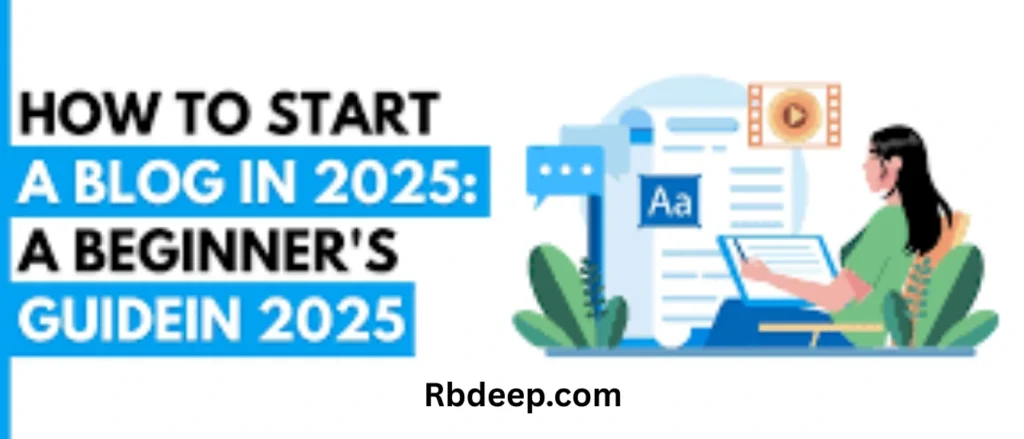
Maintaining and Growing Your Blog
Consistency is key to long-term success.
Routine Tasks:
- Update WordPress and plugins.
- Backup your site (use UpdraftPlus).
- Engage with comments and emails.
Analyzing Performance:
- Track traffic with Google Analytics.
- Monitor top-performing posts and replicate success.
Scaling Strategies:
- Outsource tasks (e.g., writing, design).
- Repurpose content into videos or podcasts.
Conclusion
Starting a blog is a journey that requires patience, creativity, and adaptability. By following this guide, you’ll build a strong foundation, attract an audience, and unlock opportunities for growth and income. Remember, every successful blogger started with a single post—so take action today!
Final Tips:
- Stay consistent (publish weekly or biweekly).
- Network with other bloggers.
- Celebrate small wins along the way.
